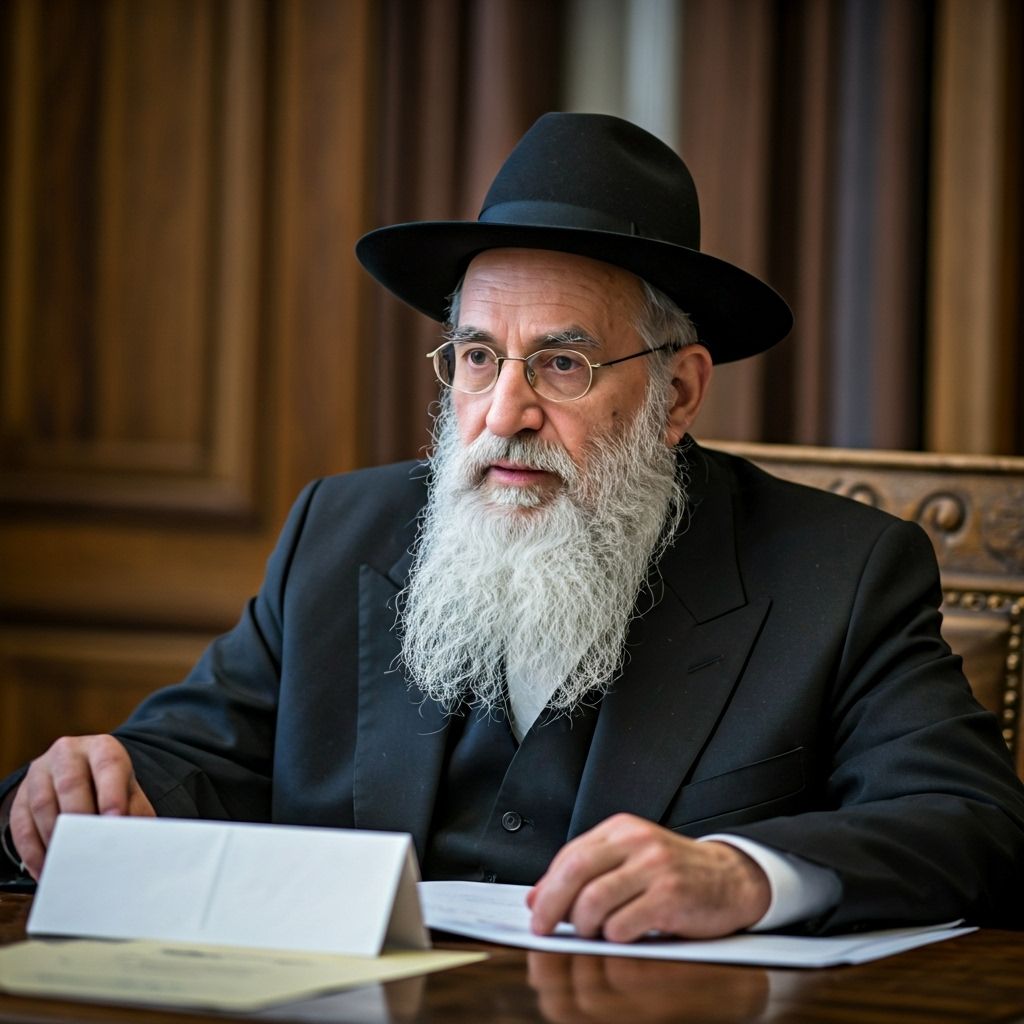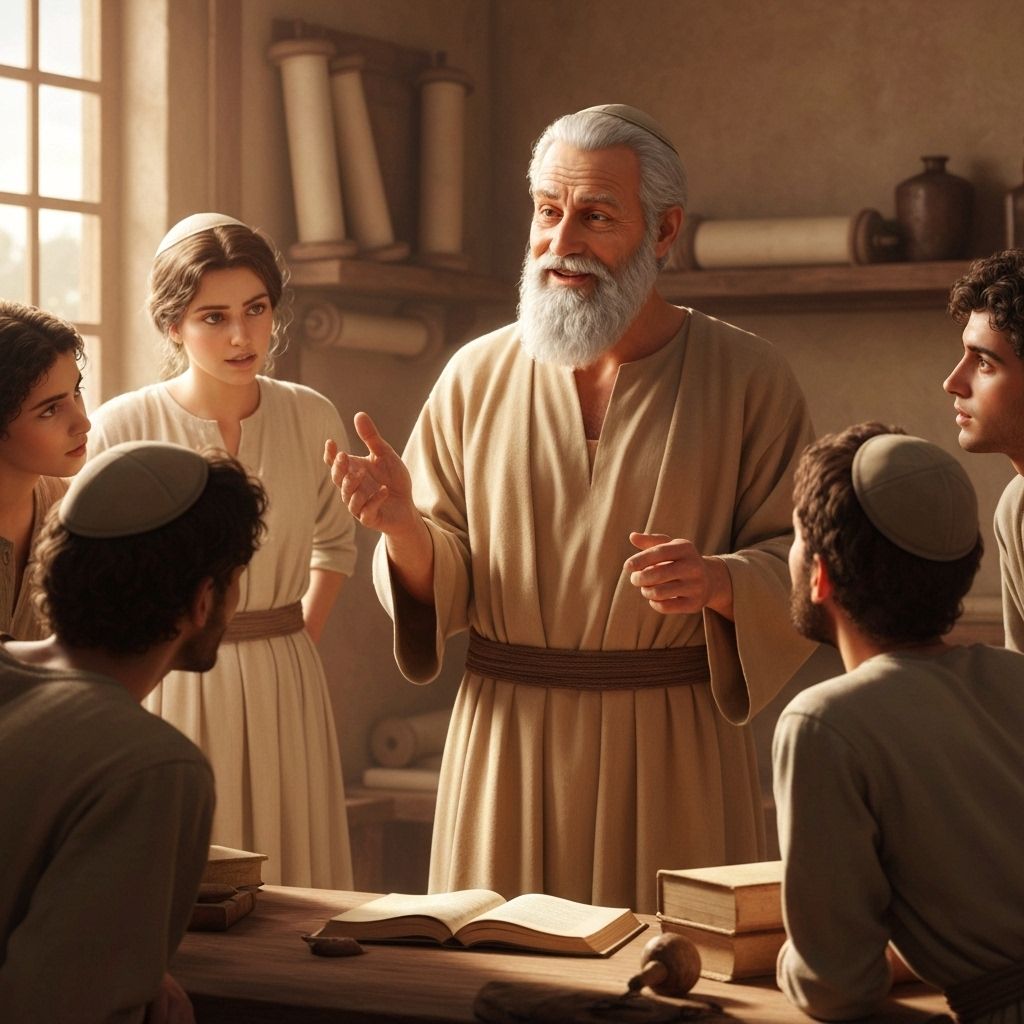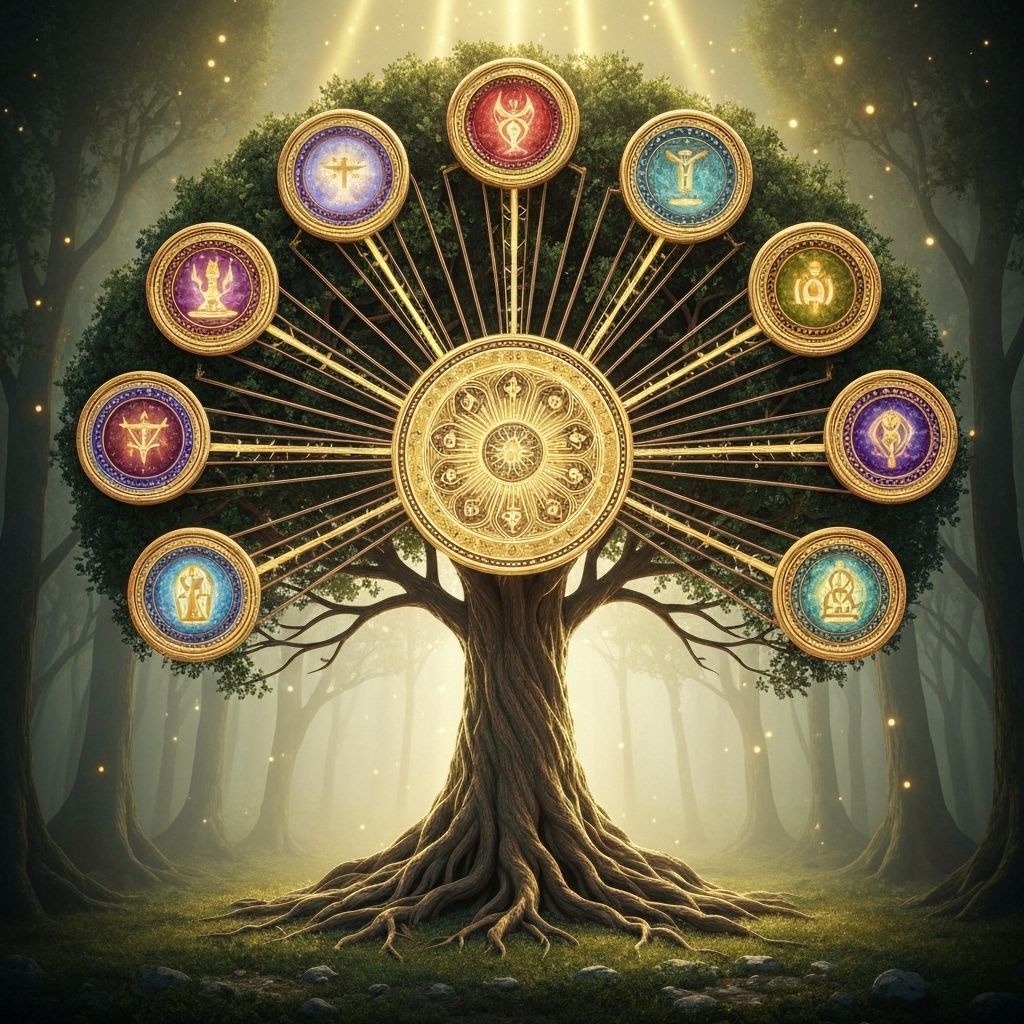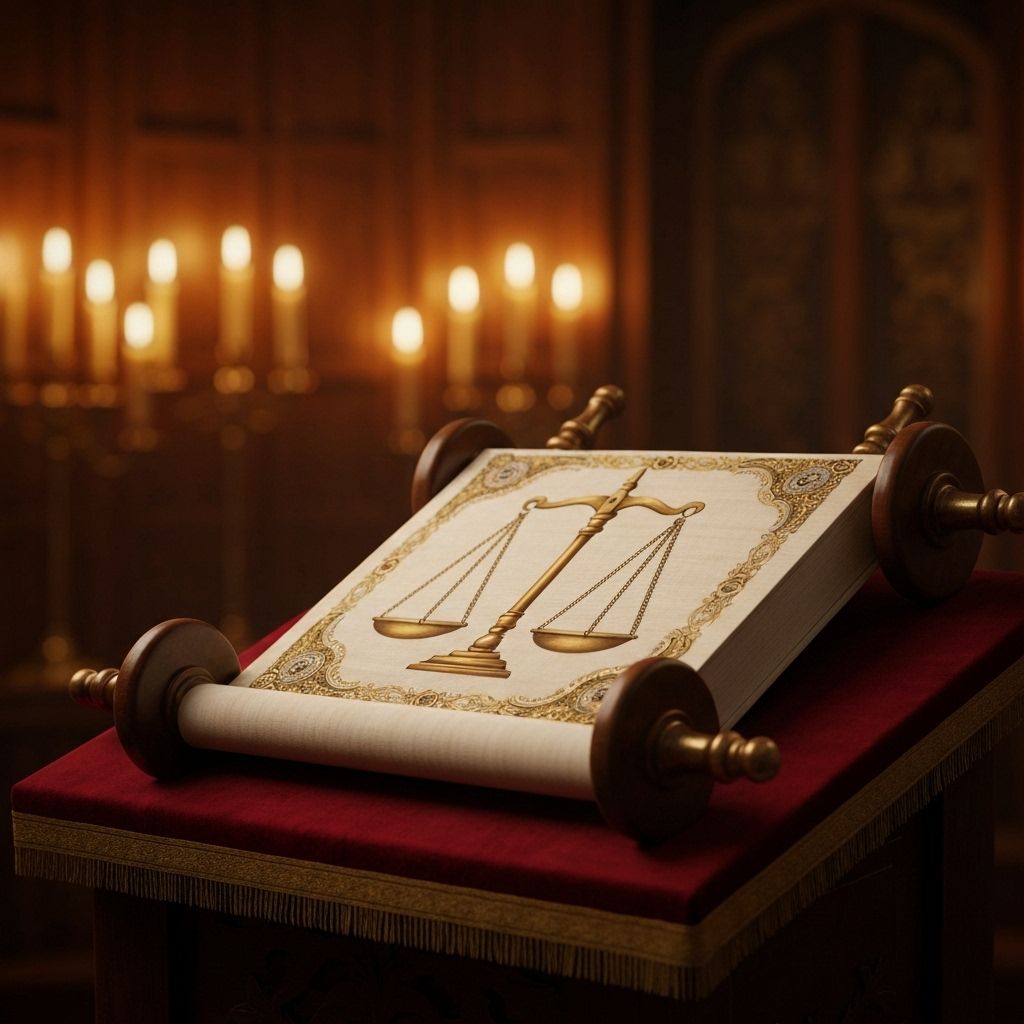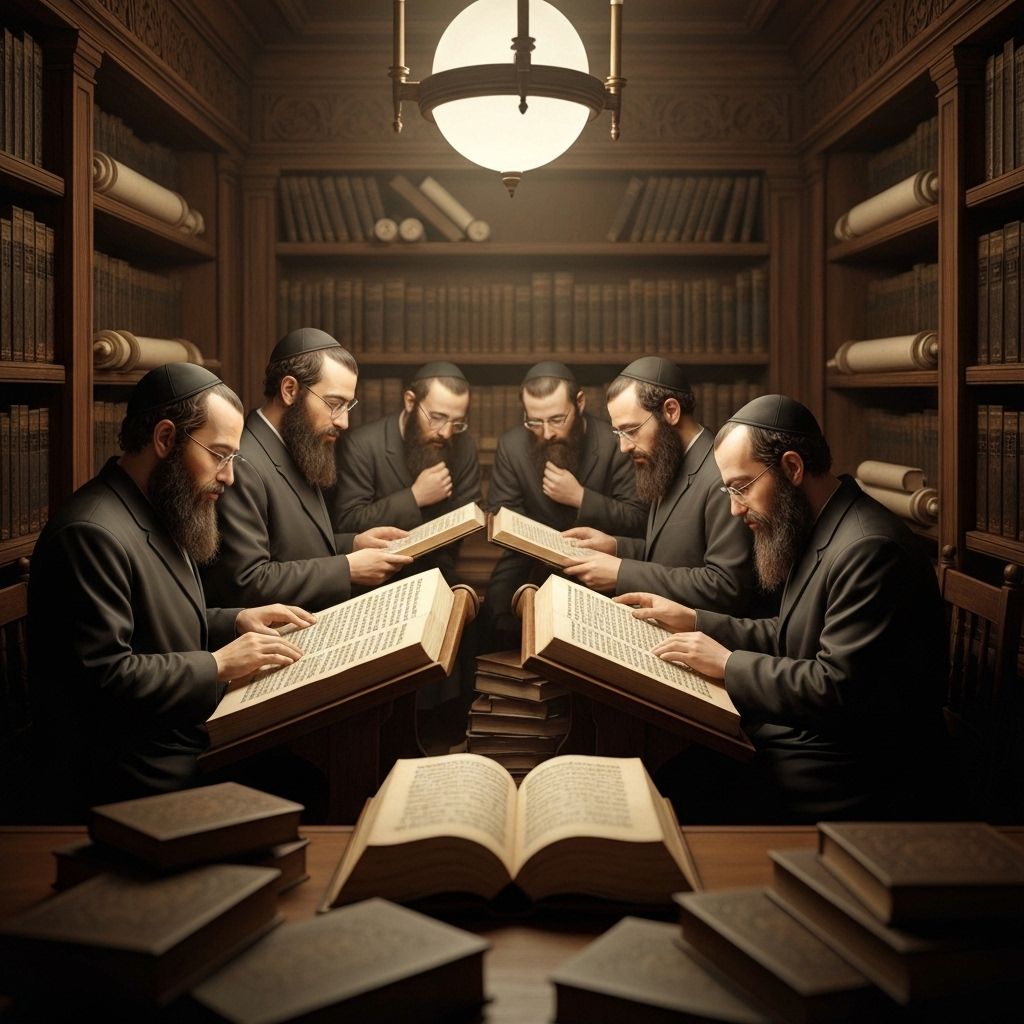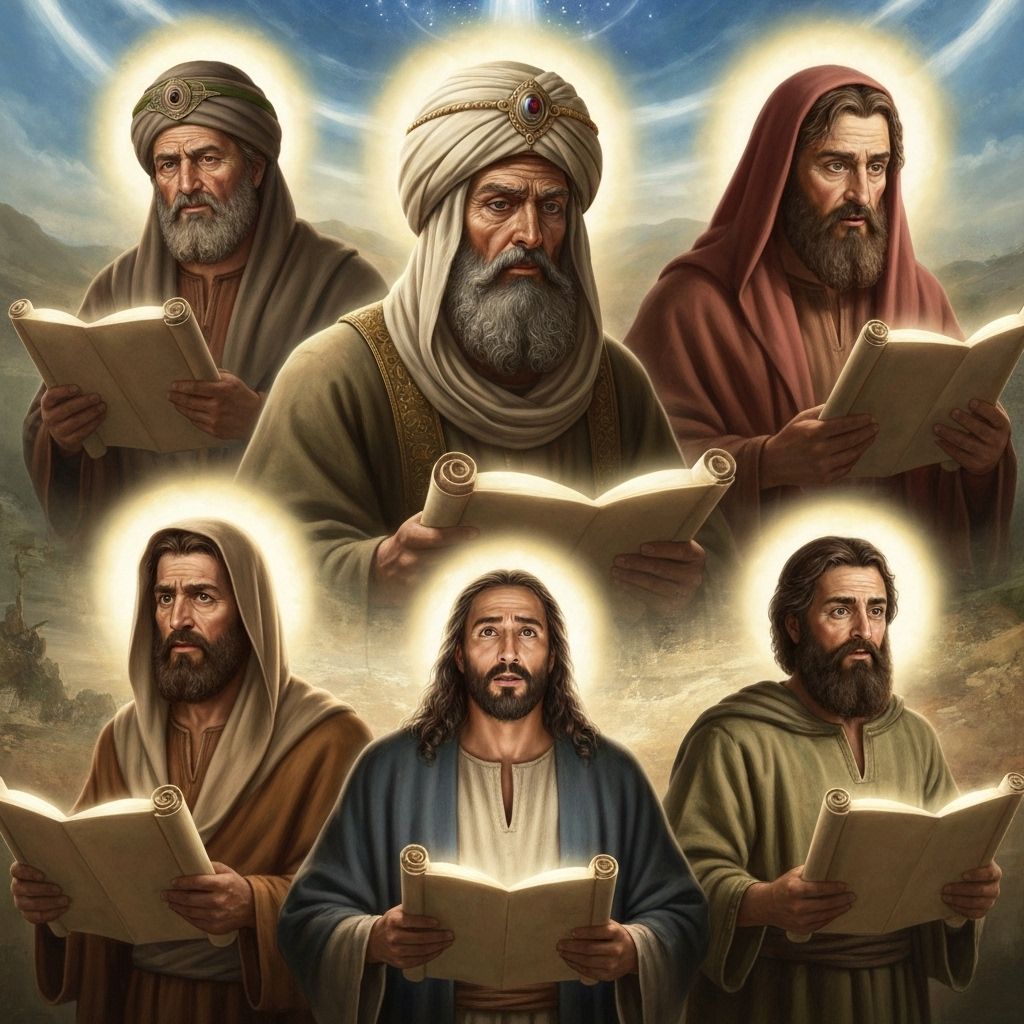3-Minute Summary
The Words of the Torah Explained with Help from Rashi and Ramban
Rashi (1040-1105) was a medieval French rabbi whose commentary on the Torah and Talmud is considered essential reading. His explanations focus on the plain meaning of the text and are known for their clarity and accessibility.
Ramban (1194-1270) was a Spanish rabbi, physician, and philosopher who provided deeper mystical and philosophical insights into the Torah, often building upon Rashi's work while adding his own profound interpretations.
Parsha Ha'Azinu ('Listen') contains the Song of Moses, one of the Torah's most poetic and profound passages. Composed as both history and prophecy, the song calls heaven and earth as witnesses to Israel's relationship with God. It recounts God's loving choice of Israel, their ingratitude and idolatry, and the resulting divine judgment.
The song uses powerful imagery of a loving parent whose child rebels, eagles teaching their young to fly, and grapes producing wine. It warns of the dangers of idolatry and foreign influences, while promising ultimate redemption. The song serves as an eternal witness against Israel and for God.
Moses teaches the song to Joshua and instructs the people to put it in their hearts and teach it to their children. God then instructs Moses to ascend Mount Nebo to die, allowing him to see the Promised Land before his death. Moses blesses the people one final time.
Ha'Azinu transforms historical narrative into eternal poetry, creating a timeless meditation on divine love, human freedom, and the ultimate triumph of mercy over judgment.

